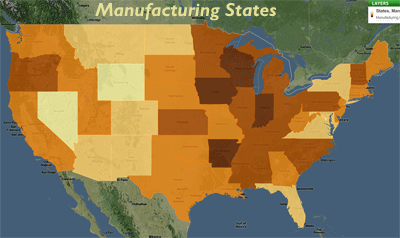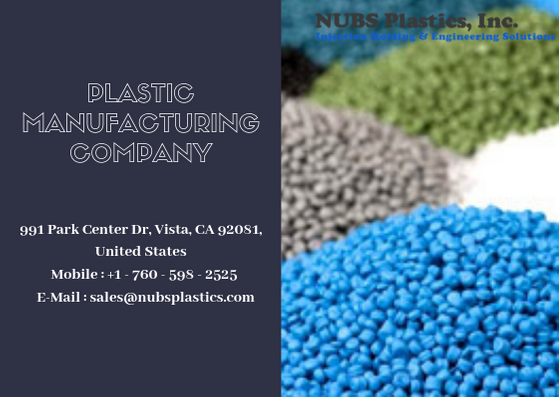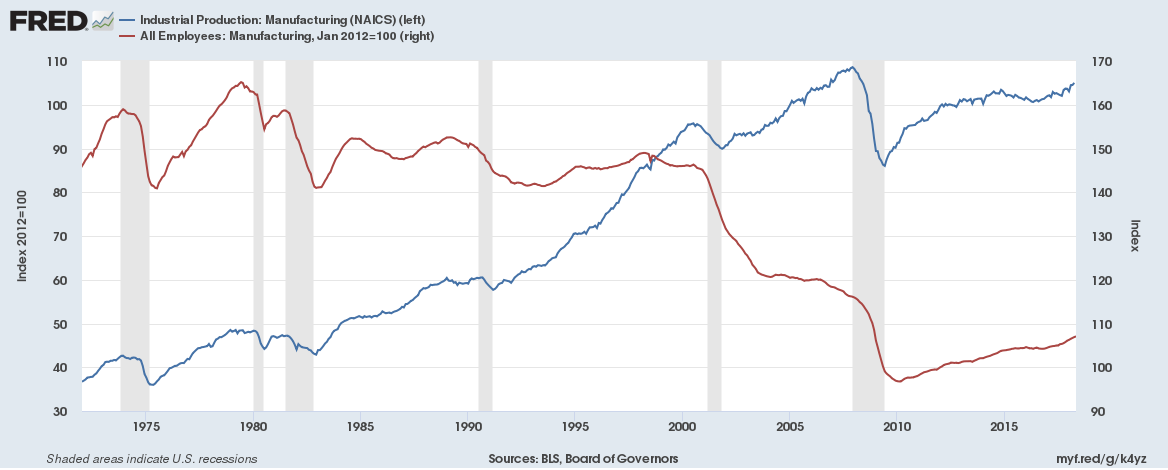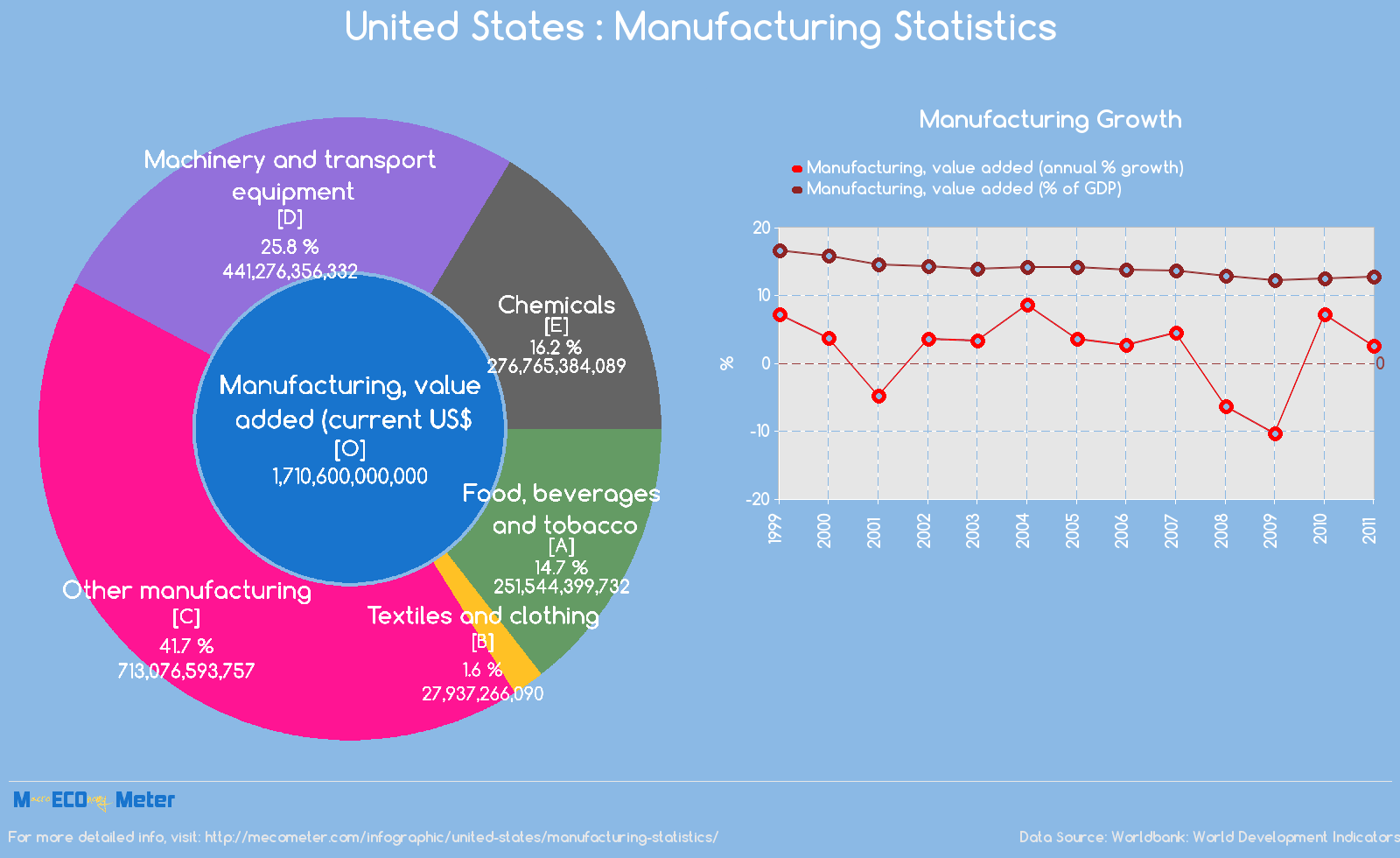


Manufactured Goods Things To Know Before You Buy
So the quicker we can get items to them, the better off we are. Createch: We make custom-made machinery, which needs a lot of interface with the client and the customer's engineers. That would be tough to do if we were manufacturing offshore. Tempur-Sealy: Demand can be quite variable, and a long lead time offshore in supply chain makes responding harder.
So there's this sort of dynamic creativity that occurs here that you don't see at lots of other places on the planet. This encouragement to consider of package and just totally go for it, it's a fundamental American thing. It's this hunger. There's no fear in attempting to forge ahead.
That, integrated with the reality that labor costs tend to be considerably greater in the U.S. than abroad, makes developing a workforce harder than it should be. What the companies said: Carnival: Our turnover is reasonably high. We're in an area of the country where production, by our view, is passing away.
The more youthful labor force is going to go there-- where the task is a bit more rewarding, a little much better paying. Plus, the cities we're located near have gotten smaller as they aged. East Liverpool, Ohio-- which is right throughout the river in among the locations where we attract our labor force-- utilized to have 25,000 citizens.
On top of that, we're competing against companies using item that's made in the third-world market that possibly is made by individuals who are making low wages with minimal or no healthcare expenses. For us, we reside in a pretty decent location of the nation. Our labor costs are not outrageous, however they're not at the low end of the scale.
Nalgene: Our expense structure is respectable, but when you compare our costs producing in the States compared to manufacturing in China, there's no doubt it's higher. Briggs & Stratton: We're not constantly able to find employees to match the capability we require, so we work with high schools, colleges, and professional schools to help train our workforce.
operations. Filling the skills space is essential for the U.S. to compete in the international marketplace. Polaris offers training and equipment to regional high schools. Polaris Polaris: The regulatory problem. It's improved under the new administration, however it's genuine. We don't face those problems in other places. And then finding the best experienced workforce has actually been problematic.

The Ultimate Guide To Manufactured Goods
It's a little, rural neighborhood and we simply might not find employees. In a number of our neighborhoods we partner with the regional high schools. We really donate welding makers to the high schools so that we can train individuals to be ready to be staff members at Polaris. That's a bit of the method we get ahead of the curve.
are not actually targeting manufacturing as a career. That's a difficulty, simply attempting to ensure the more youthful generations are as good as the older generations at constructing things, due to the fact that we're such a handcrafted product. Glebar: The schooling. In the States, the frame of mind is, if you leave high school, you need to go to college, whether you're into it or not.
Intel: It takes a great deal of education and advocacy for federal government officials at the federal level to comprehend what we do and how critical the systems are. The R&D tax credit is incredibly helpful to us. The recent tax modifications, in regards to reducing the rate and taxing our foreign-producing competition in a different way, is a major advantage.
Campbell Grinder: Overseas competitors have the means to apply tariffs, even if they do not call them that, and the regulatory environment in the U.S. has actually been undesirable to manufacturing for years. Createch: The most significant obstacle in the machine-tool industry is the aging labor force. Sikorsky: Getting proficient labor-- for CNC operation, for example-- that can progress as our technologies develop will be our most significant challenge.

The Agreement: Manufacturing still indicates shift work, which remains repeated, exhausting, and tiresome. What the companies said: Nalgene: Individuals take a great deal of pride in the fact that the things they're dealing with might actually wind up in a lab that winds up assisting a relative or a pal who is in a health center, or who is being treated for a disease.
Polaris: Ironically, one of the jobs you 'd think would be a premium function is evaluating our automobiles. You take a vehicle out and you run it around the track or on the path for quite a long time, over and over once again. But individuals head out there day after day after day, riding the exact same lorry on the same trail in the worst weather you can potentially think of.
Stranahan's: We are 24 hours a day, six days a week. Every 2 months you turn between shifts: 6 a.m. to 2 p.m., 2 p.m. to 10 p.m., and 10 p.m. to 6 a.m. It's challenging to move every 2 months, but it's the only method we can keep people from being stuck on a graveyard shift or an afternoon shift permanently.
Indicators on Manufacturer You Need To Know
The temperature outside, that's the temperature level inside. And it's ten-hour shifts. However we have actually altered some things. This may sound small, however in the warehouse, you used to have to use long trousers. It's truly hot therein, so now we let people use shorts." For the most part, if you're coming in as an operator, we're looking for people to have a high school education," Cummins told us.

We can train in our warehouse or factories or in lab settings." That was true for many companies. At 37 percent, Briggs & Stratton cited the greatest figure for the part of its manufacturing positions needing sophisticated training or formal education. Instead, the majority of companies ready workers with on-the-job training.